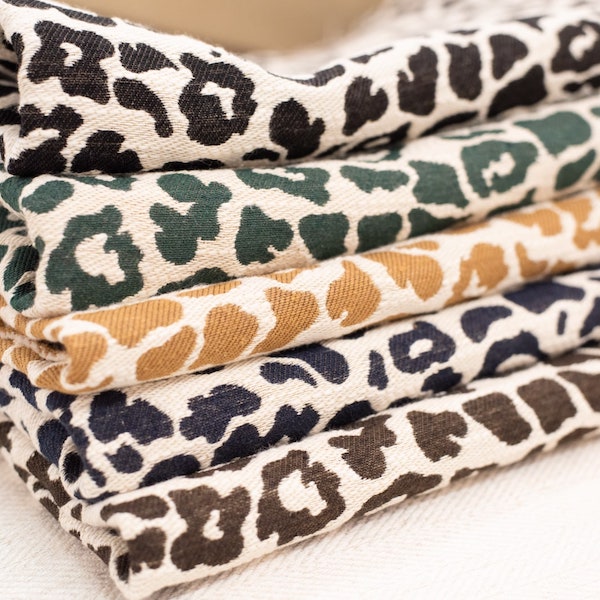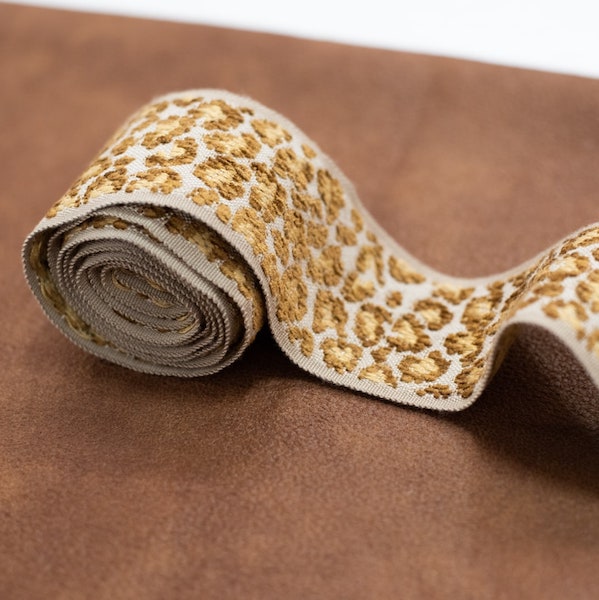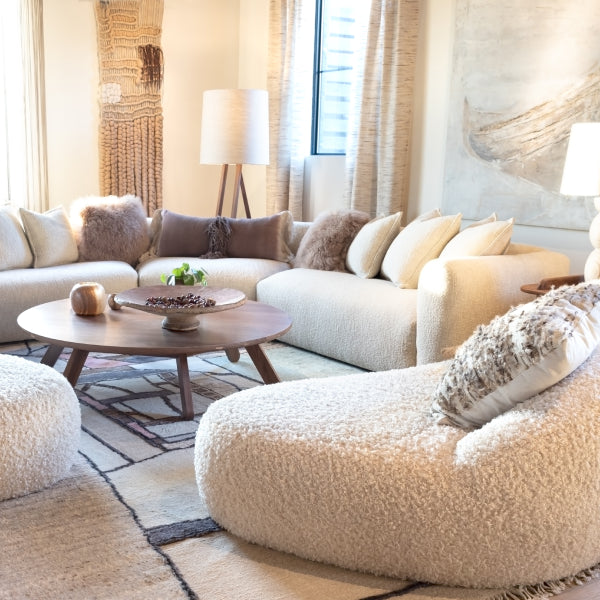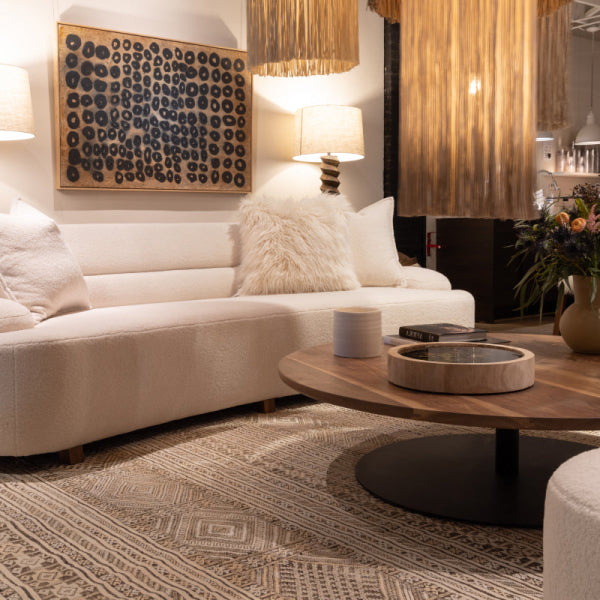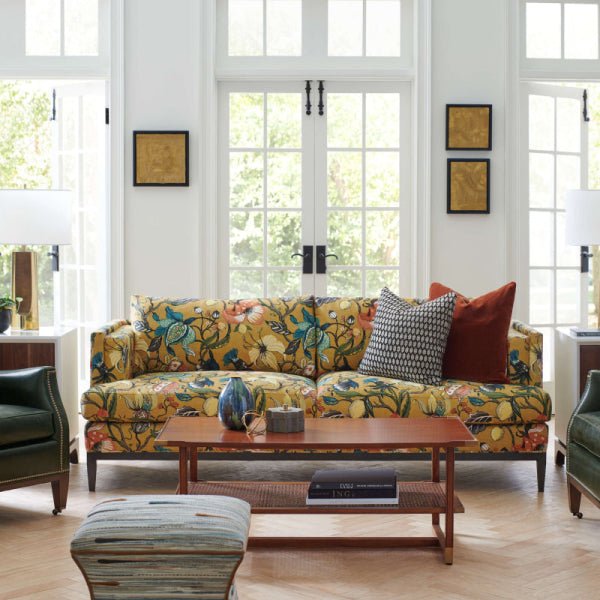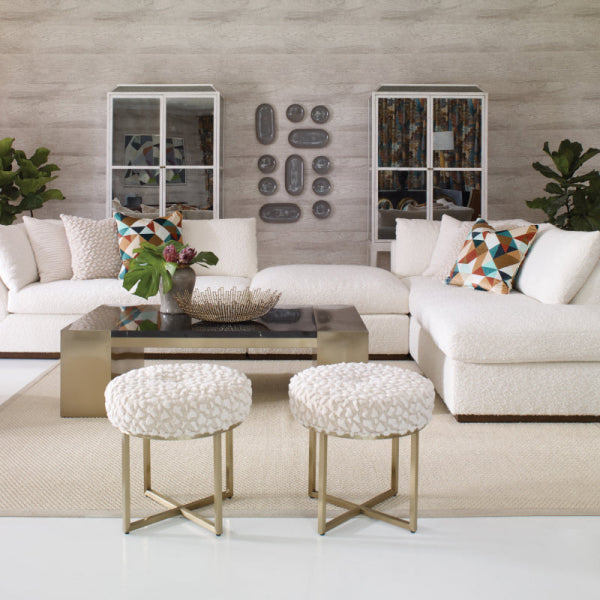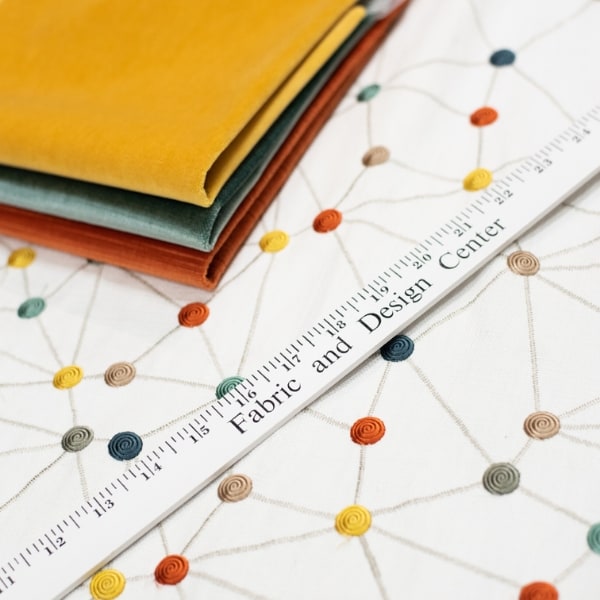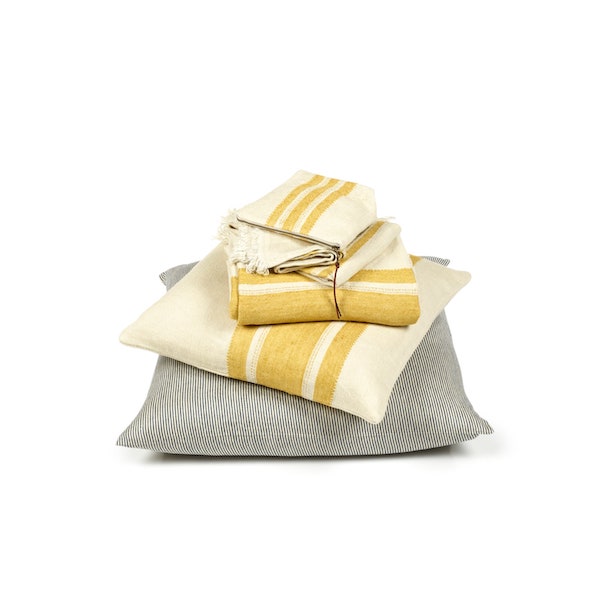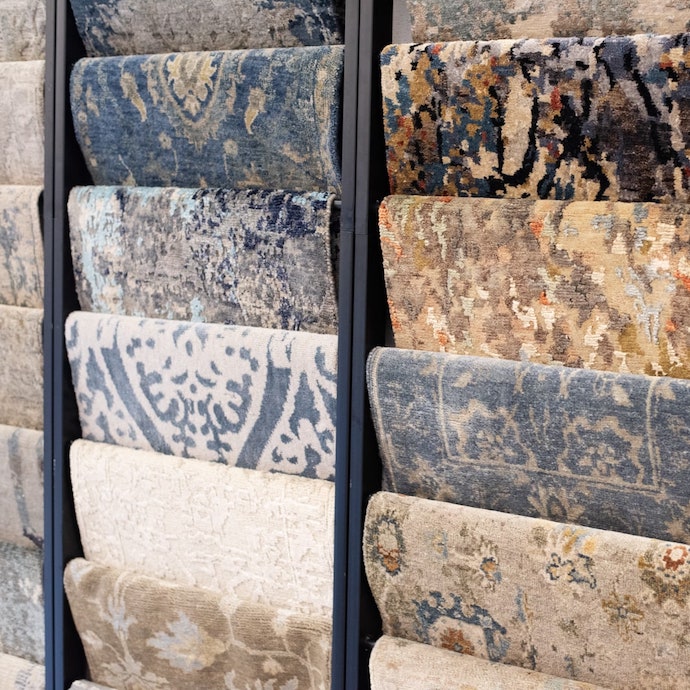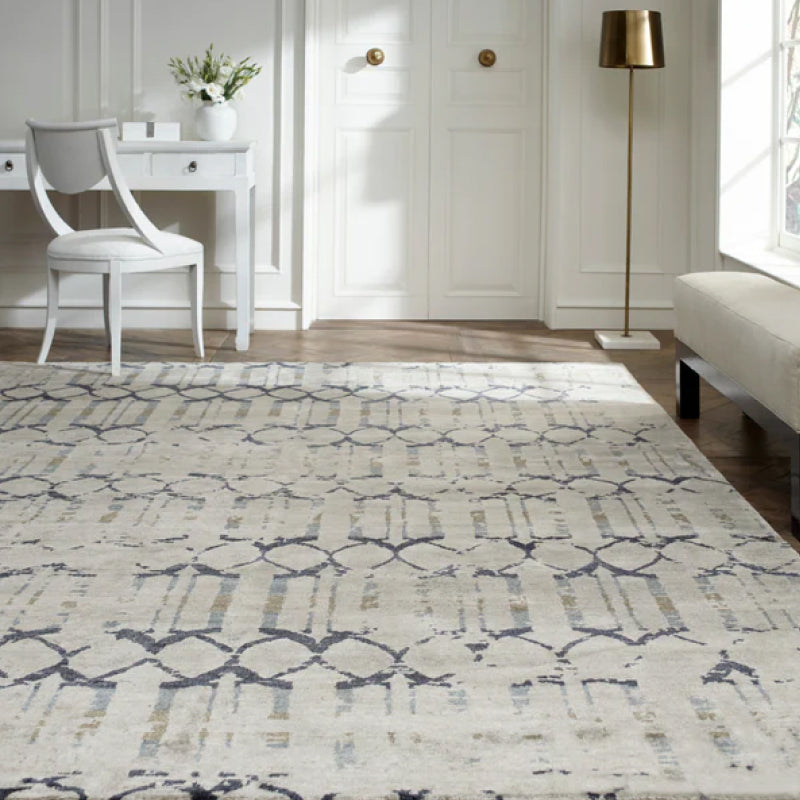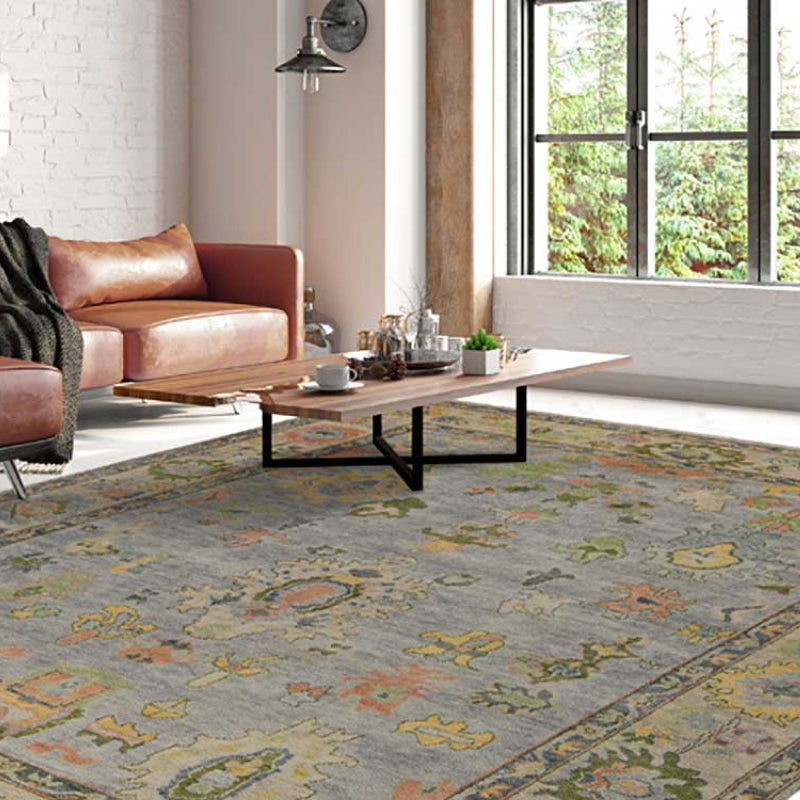Investing in a handmade rug for your home is an exciting journey. The right rug not only complements your living space, it is an investment in an heirloom piece of art that can last for generations. With visions of your great-grandchildren happily sprawled out on your rug someday, you set off to explore your options. After browsing awhile, the dizzying array of terms you encounter leave you wondering what, exactly, is the difference?

Machine-Made verses Handmade: How to Tell the Difference
Machine-made rugs are mass produced and result in a completely uniform finish. Hand-tufted rugs are not the same as handmade rugs and are produced by pushing individual yarns through a fiber sheet using a tufting gun. Handmade rugs are works of art made entirely by hand, resulting in small imperfections that give each one its own unique character. Handmade rugs retain or increase in value over time. The following tips will help you determine whether a rug is truly handmade:
- Glue backing indicates a machine-made rug
- A plain backing indicates a rug is hand-tufted or machine-made and often has a residue feel
- A hand-knotted/woven rug will have the same pattern on the back of the rug as the front
- Hand-Knotted/woven rugs are the only type that can be folded in either direction. Synthetic rugs can only be rolled
- Look at the fringe of the rug. The fringe of handmade rugs extends from the weave in a continuous piece. Machine-made and tufted rugs have fringe that is sewn or glued on
Handmade Rugs: The Difference Between Hand-Woven and Hand-Knotted
Both hand-woven and hand-knotted rugs require lots of time and skill, taking from one month to 8 years to complete. Handmade rugs are made of wool, silk, or a combination of the two. If a combination, it will usually be mostly wool with silk woven in to add sheen.
Differences in the process, materials, and complexity determine the value and price of each rug.
Hand-woven rugs are woven like a basket, with the weft threads passed over and under the warp threads, resulting in a flat weave. The front and back are the same, making them reversible, and have no pile or actual knots.
Hand-knotted rugs are made by tying thousands or millions of knots individually to a foundation. The rugs are "raw" after knotting is finished and they are then shaved down to get the detailed look. They have a distinct front and back. The process is longer and more complex, requiring more skilled artisans and higher quality wool that allows for piling and cutting excess. They are typically more durable as the knotting adds an extra layer of protection to the warp.
Other Considerations Affecting the Quality and Price of Your Handmade Rug
- KPI, or knots per square inch, affect the overall quality and durability of your hand-knotted rug. The higher the KPI, the more durable the rug will be
- Custom sizes cost more and take longer, but will fit your room beautifully
- More intricate designs add complexity and require more time and higher skill, resulting in a higher price
Nothing Beats the Quality and Beauty of a Handmade Rug
It’s important to partner with someone you trust when choosing a handmade rug that will be with your family for generations. At Lewis & Sheron, we have over 75 years of experience leading our clients to the best products in the world. You can feel confident in the price, selection, and artistry quality of our rug department.


